AARP Hearing Center


You don’t have to gain weight as you age.
All the body negatives that we associate with midlife — an expanding midsection, softer muscles, general physical decline — aren’t inevitable. They’re avoidable, and even reversible.
Join the AARP Weight Loss After 50 Challenge
Learn what small changes you can make for health and wellness as we age. Step by step, we'll:
- Show you the secrets to losing weight
- Give you guides to healthy foods
- Provide dozens of delicious new recipes to try
- Help you embrace a whole new way of eating
Yet the vast majority of us struggle with weight gain in middle age. The standard weight-loss tricks that worked earlier in life no longer keep the weight off. We may be eating healthfully and exercising just as much, but we still gain weight. Why?
As the health editor for AARP The Magazine, I was tasked with solving this puzzle. After months of digging into up-to-the-minute weight-loss science (with a focus on research conducted on people our age), I created a program to halt midlife weight gain and muscle loss, and tested it on more than 100 volunteers. The result: Our test panelists lost as much as 22 pounds in just 12 weeks. And now that research has been collected in The Whole Body Reset, a diet program made specifically for people at midlife and beyond.
The answer to later-life weight gain largely lies in protein timing — eating protein in the proper amounts throughout the day. This triggers older bodies to spurn fat gain and hold on to lean muscle tissue. This approach, coupled with plenty of vitamins and minerals, fiber, and healthy fats, can help older people not only reshape their bodies but reshape their lives.
This eating program isn’t low-carb or low-fat, doesn’t require calorie counting or periods of food restriction, and doesn’t eliminate any particular food category. But once you know how to do it and incorporate it into your daily life, it can stop, and even reverse, age-related weight gain and muscle loss. It can even significantly reduce your risk of many of the chronic diseases of aging, enhancing the overall health of both your body and your brain.
What makes this plan different
Traditional weight-loss diets trigger our bodies to grow fatter in three ways.
- By restricting calories, a traditional diet sends the message that your body needs to be prepared to live through times of famine. Once your body receives that signal, it turns down your resting metabolism — the number of calories your body burns while you’re binge-watching TV shows, sleeping or sitting at the computer. So what you’ve done in reality is reduce the number of calories your body burns every day, setting yourself up for future weight gain.
- When we go on a diet, we don’t just lose fat. Most of us lose muscle, too, and muscle burns more calories than fat. Once we’re into our mid-40s or so, muscle loss is already a problem we must battle daily. Because muscle plays a huge role in preventing belly fat, the more muscle we lose, the more belly fat we’ll gain.
- Perhaps more important, most diets are not built for people in midlife or beyond. Our bodies are different now — with rising protein needs and a reduced ability to extract nutrients from food. And we don’t eat enough fiber.
































































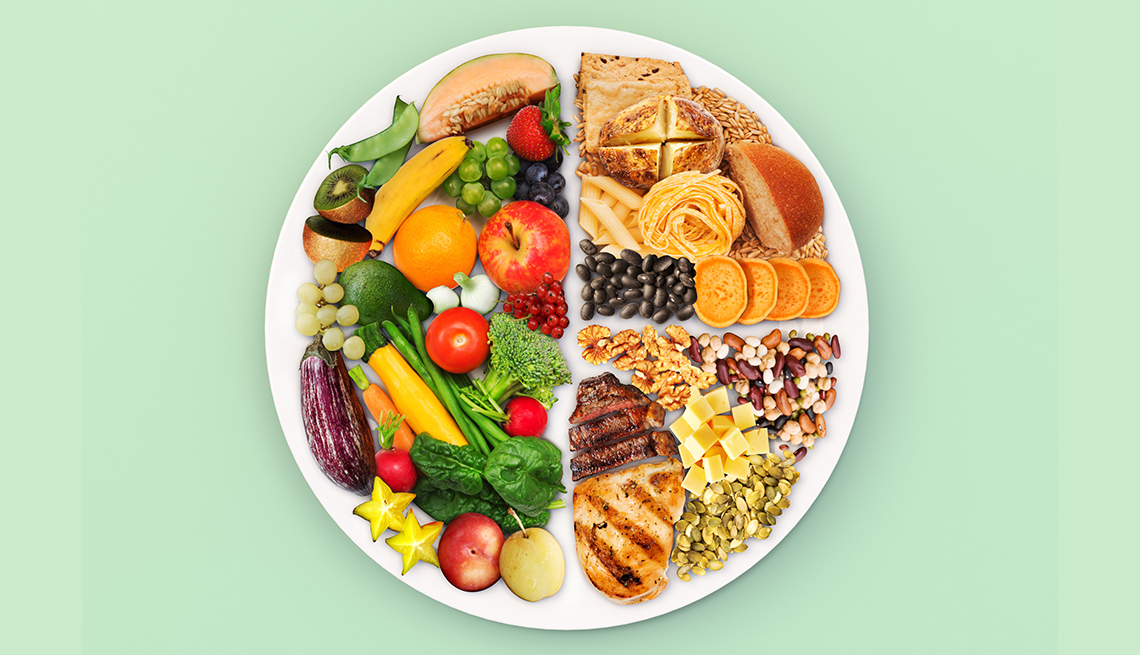
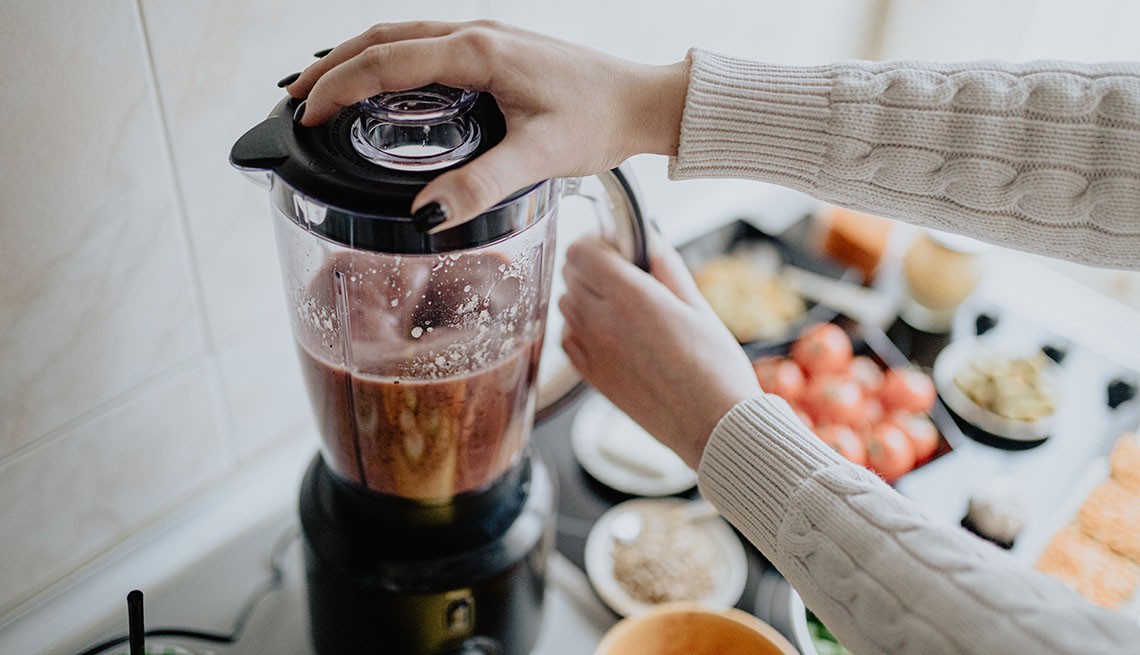
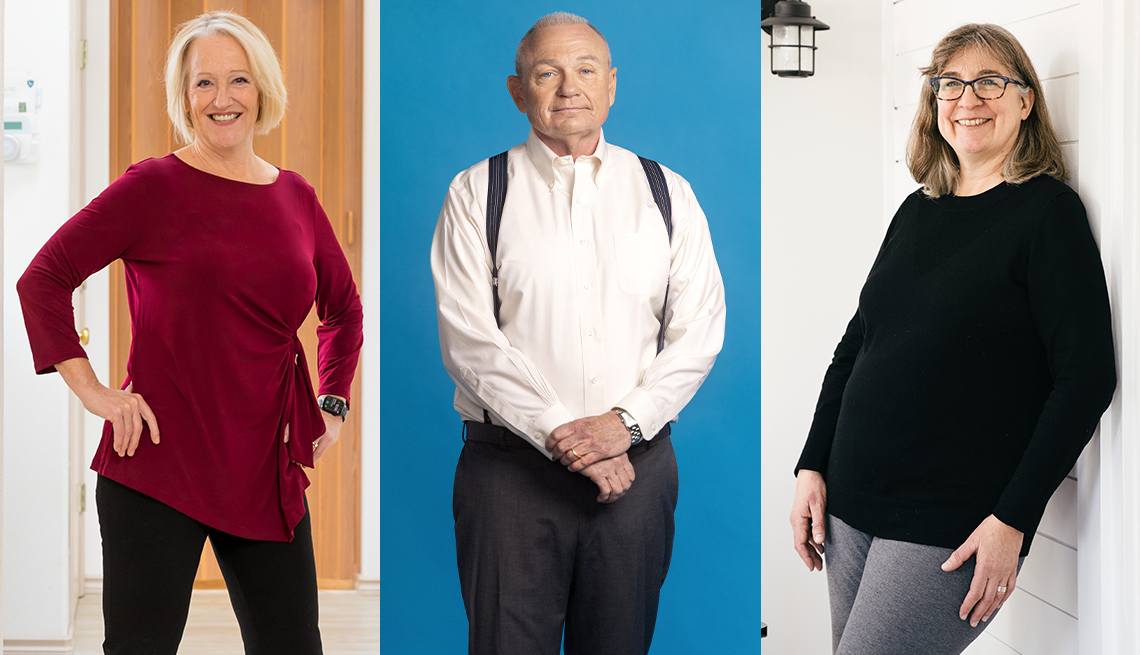
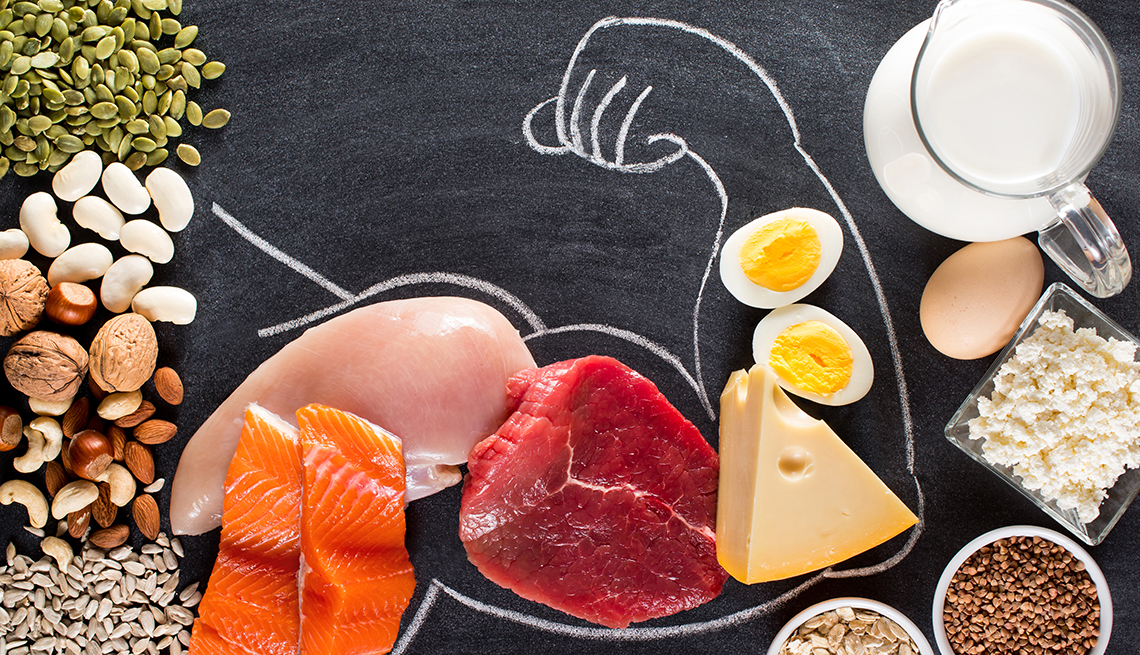
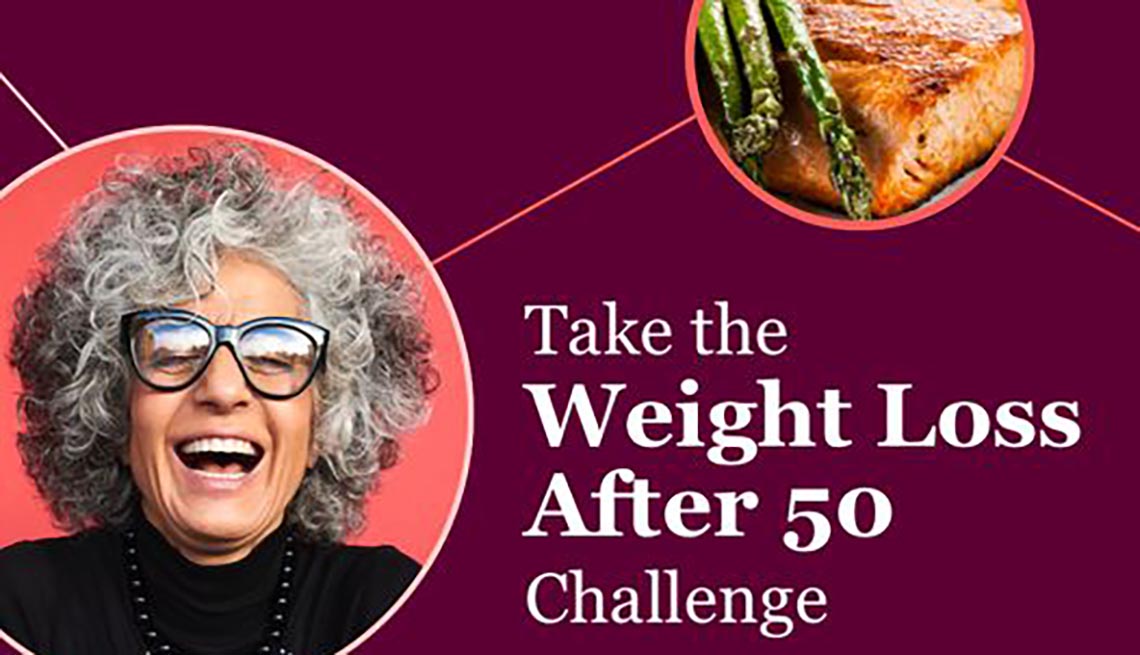
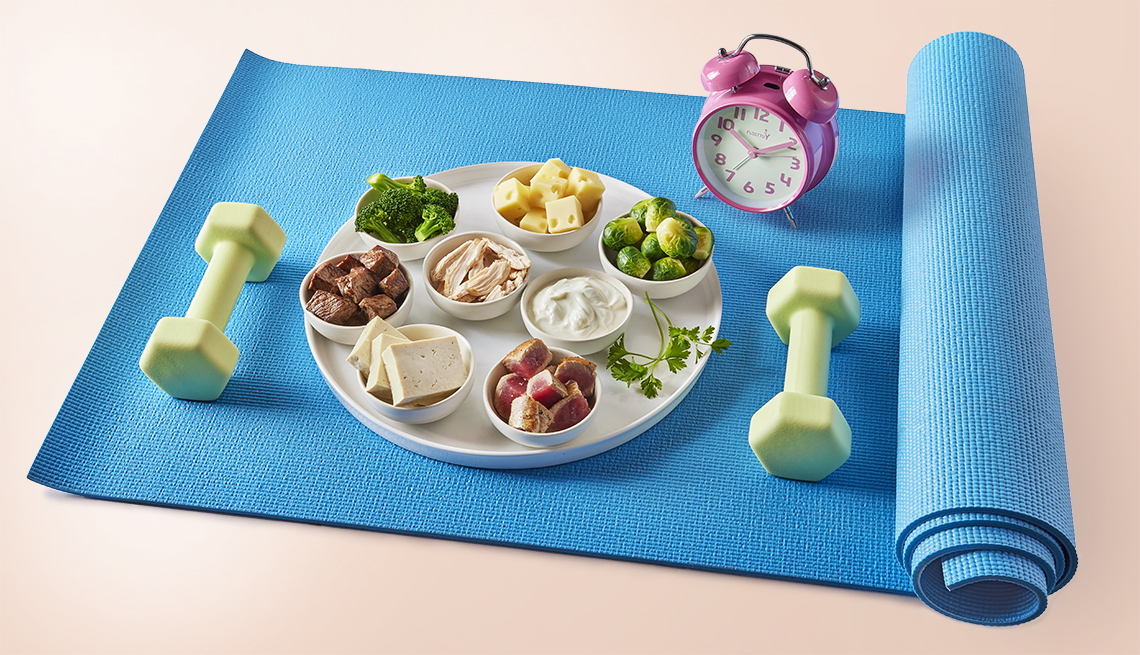
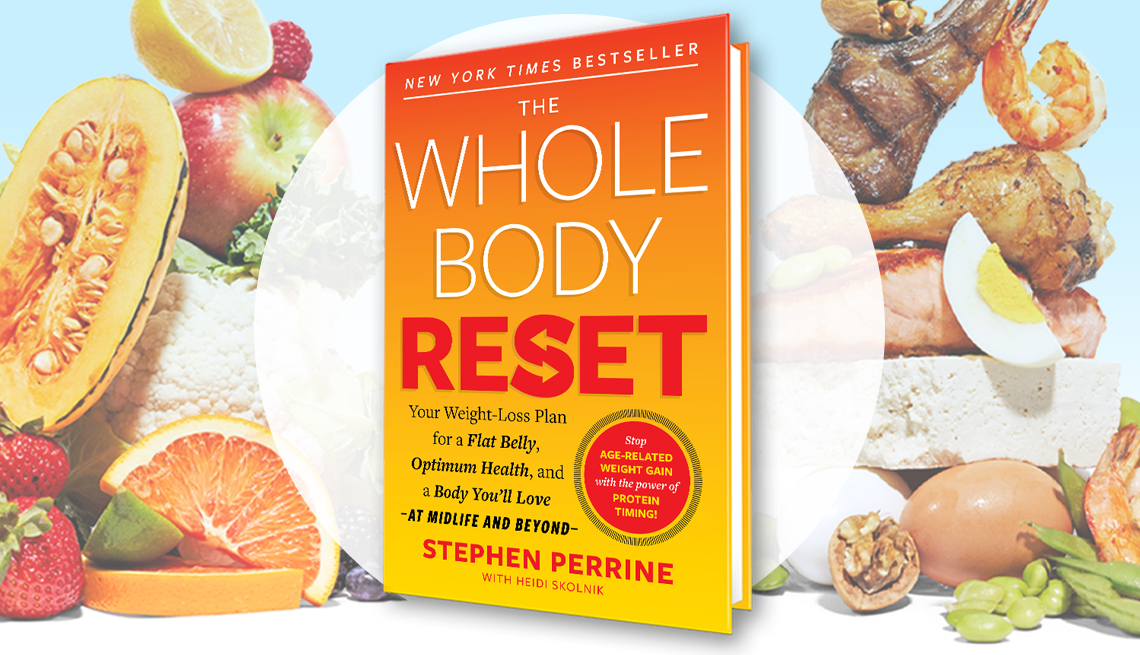









More on Health
Balancing Act: 5 Exercises to Help Restore Strength and Coordination
The pandemic isolation we faced this year could be costing us muscle tone and agilityShould You Get More Protein?
Why the answer is probably yes — and smarter ways to get it5 Tasty Proteins to Replace Meat in Your Everyday Meals
Plant-based alternatives to eggs, beef, chicken and pork make a healthy addition to your diet